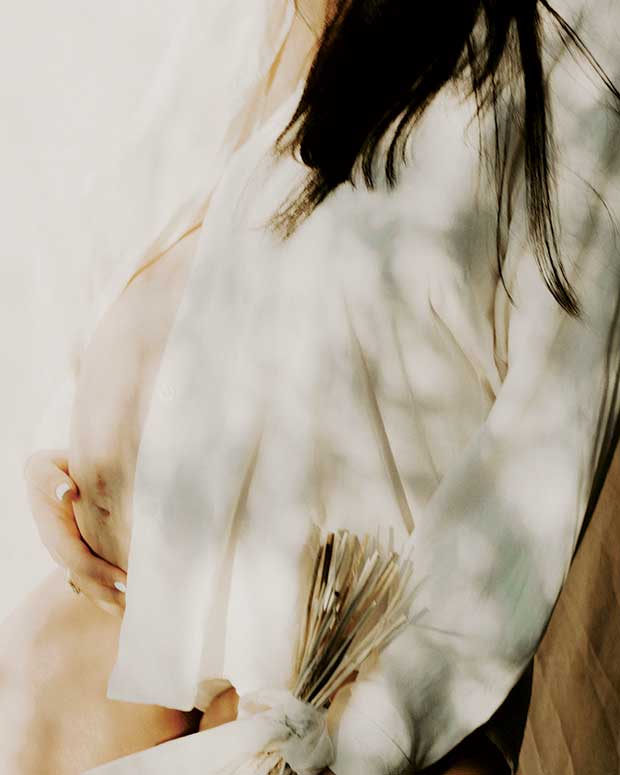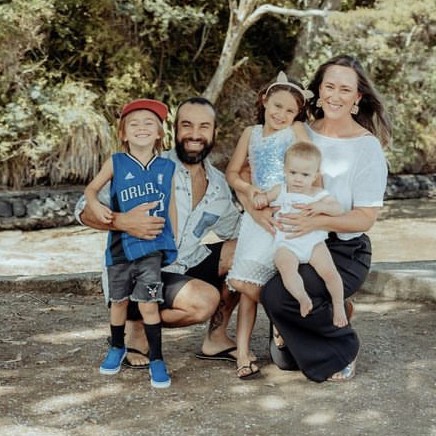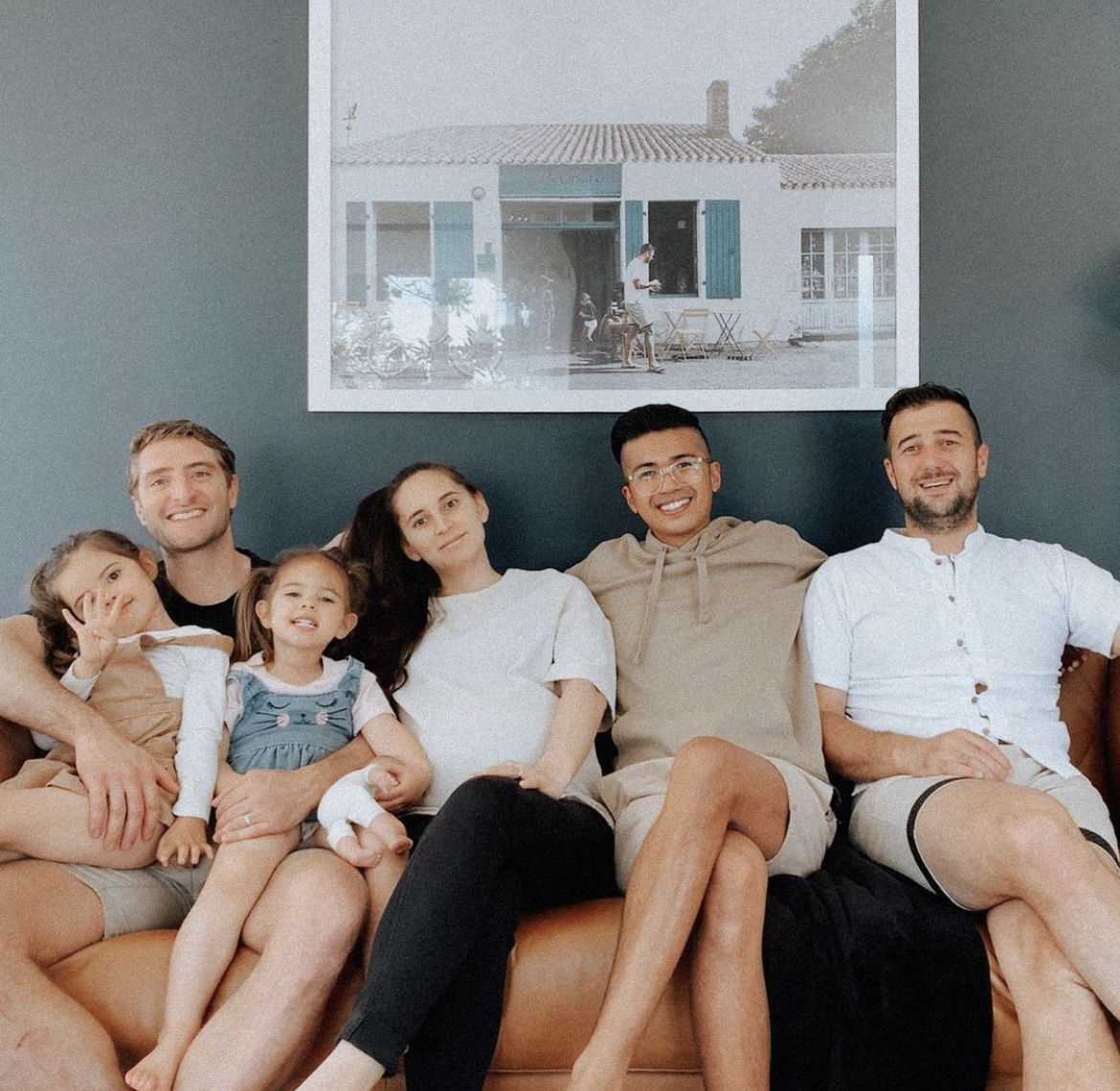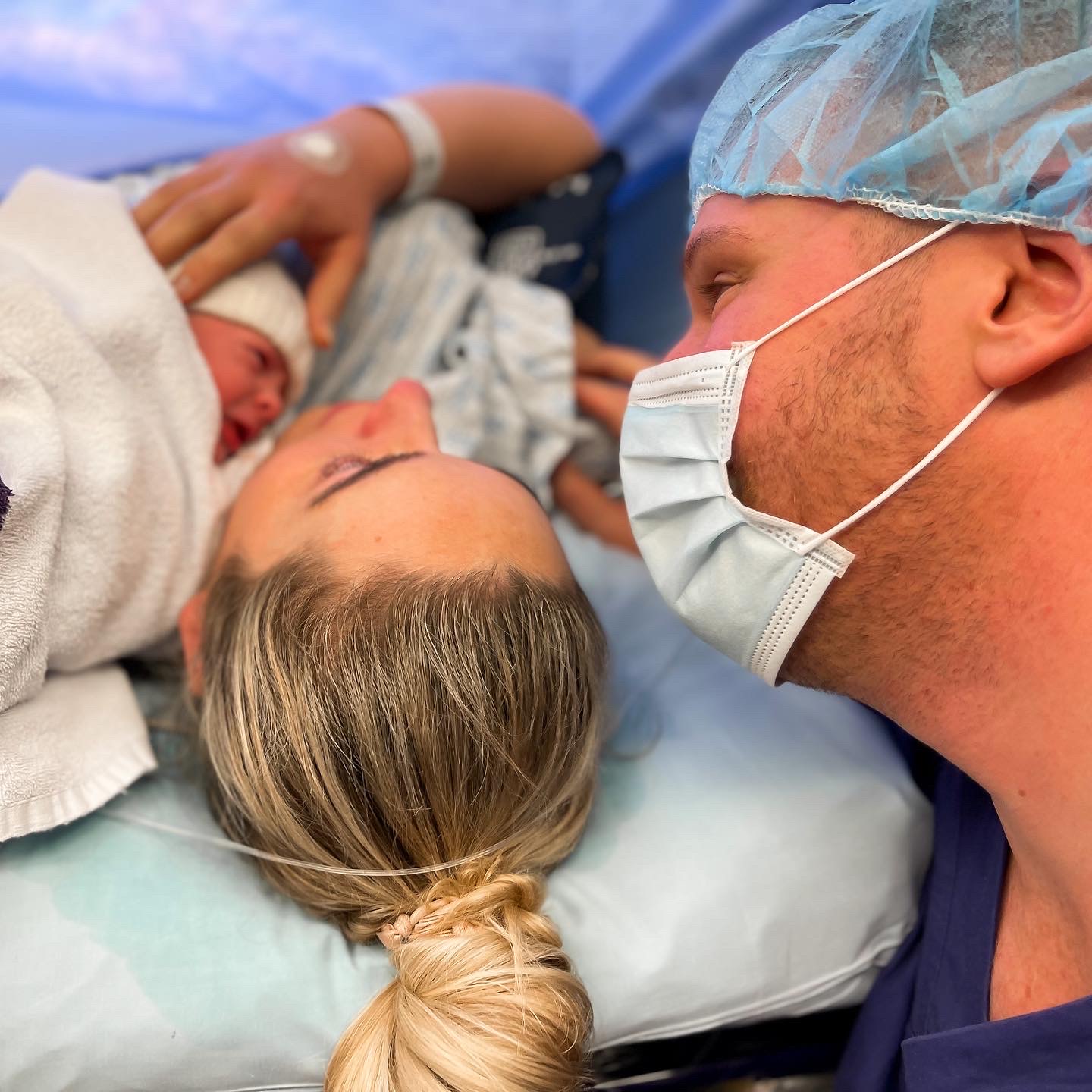Baby’s Position

MĀMĀ Marlia Morris
PHOTOGRAPHY Hannah Craik @frankly.faye
Which position is ideal, plus what it means if your baby is ‘breech’ or ‘posterior’.
Towards the end of your pregnancy, your LMC will let you know what presentation your pēpi is in. The term ‘presentation’ refers to the part of your baby that is presenting towards the birth canal i.e. their head.
In late pregnancy, a few babies present bottom-down (breech) instead of head-down which is preferred. Sometimes they turn on their own before labour or you may be offered a procedure to turn them, called an external cephalic version (ECV). If you choose to have an ECV, a specialist doctor will push down on your abdomen to manually manoeuvre your baby to be in a head-down presentation – the procedure is usually successful for around half of babies.
The majority of pregnant people whose baby remains breech will choose to have a caesarean but some can plan to have a vaginal birth. If your baby is breech and you’d like to have a vaginal birth, you should talk to your LMC about your preferences and discuss the risks and benefits with them.
The term ‘position’ refers to the way your baby is facing in relation to your pelvis. A position that you may hear about is posterior, meaning your baby’s back is against your back. A posterior position during labour can result in a more challenging, longer labour and cause more pain and discomfort in your back throughout. The majority of babies are born in the classic anterior position (facing your back). Most babies who are posterior during labour will turn before birth but some do end up being born posterior. If your baby is posterior before you go into labour or during, there are exercises you can do to encourage your pēpi to move into a more favourable position. Visit spinningbabies.com for suggestions.



